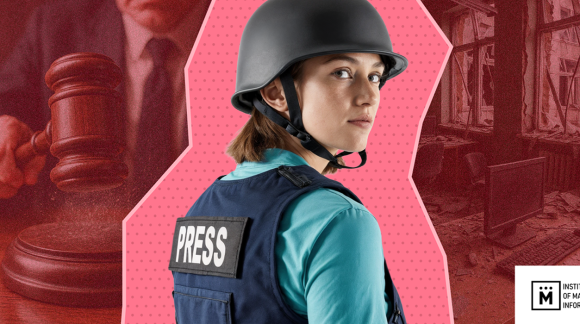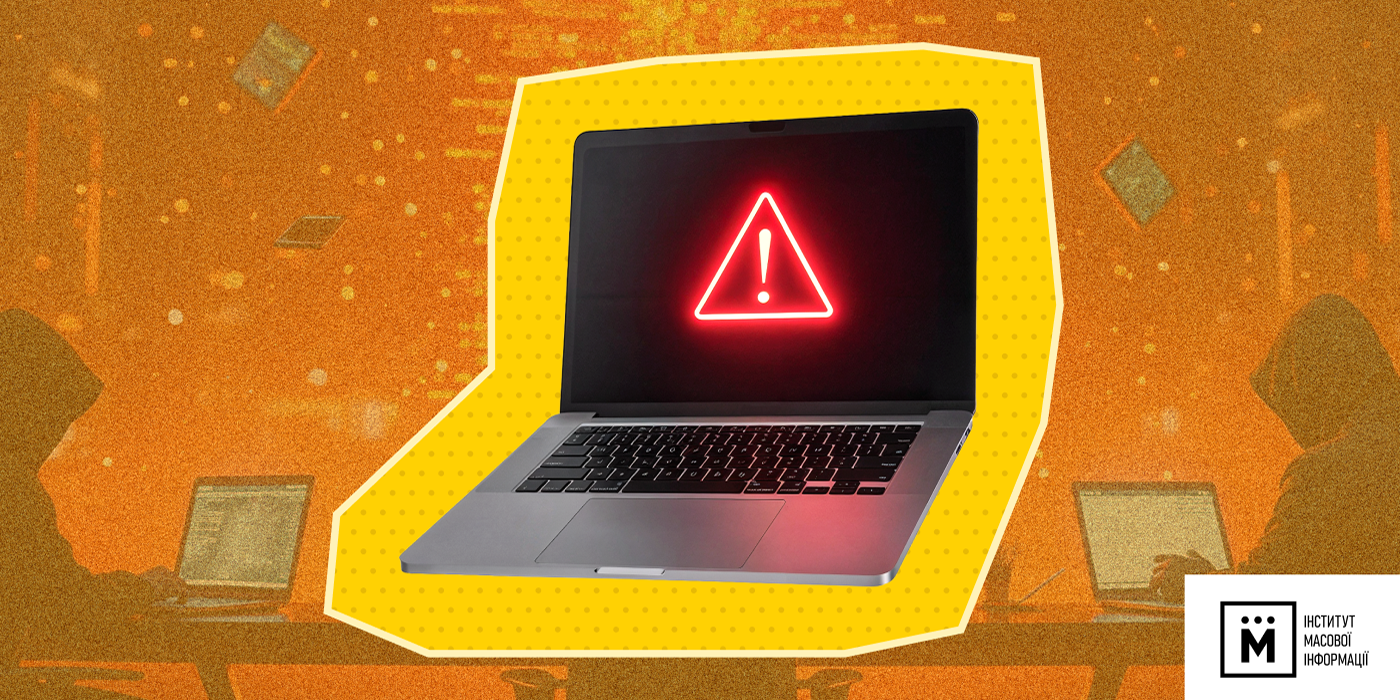The media expert Iryna Zemlyana explained how the journalist could discern the language of hate and what are its types, as to MediaLab. “The language of hate is the words, the pictures or the images that are provoking or exacerbating the hate between some groups in a society or between some persons. Such kind of language is aiming to discriminate or humiliate someone or some ethnic”, as Zemlana told. The expert explained there are three types of the language of hate: hard one, intermediate and soft.
“The hard one is the degree of language of hate when they expressly or implicitly incite to violence and discrimination: to kill someone, to beat someone, to expel someone out of the country. The intermediate degree of hate speech is when the hate and the violence are justified, when a certain group is blamed for some negative effect onto a state or a society, depict it as criminalized or inferior. The language of hate in a soft form is when there is generated a negative image of some group, when one group is opposed to another one, when someone is mentioned in a abasing or offensive context”, the expert told.
All these types have its negative effect in a same way, and the expert advised to see more detailed classification worked out by Sova, information analysis center.
According to this classification, the language of hate is:
– incitation to violence;
-direct incitation to discrimination, including in a form of slogans of a general sort (for instance, “Don’t tout us damned Donbas in a package with Minsk capitulation. Donbas is a cancer”;
– a disguised incitation to violence and discrimination: for instance: “Our city is much more better than Lviv. We are more patriotic and Christian city. And we will never allow to do what is happening in Lviv, gay pride or of someone also. Thus, we have to make efforts to demonstrate our Christian, Ukrainian values, Frankivsk won in a standoff with Lviv”;
– forming a negative image of some ethnic, religious or other social group. For instance,: “Up to now, the percent of refugees is not critical for the region. But, some persons who help the refugees tell that several incidents happened. Instead of gratitude they have to listen bad language, reproaches and to get insufficient services”;
-justifying some facts of violence and discrimination in the history;
– publications and expressions which cast doubts on some commonly known historical facts of violence and discrimination;
-assertions saying that some ethnic, religious or other social group is disposed to commit crimes, or to have some moral infirmity;
-blames for a negative effect from some ethnic, religious or other social group to the state the society;
-mentioning of some group or persons belonging to that group in a humiliating or offensive context;
-calling not to allow to some ethnic, religious or other social group to be settled in some territory;
-quoting some xenophobe statements or texts without any comment;
-blaming some groups for attempts to take power or attempts of a territorial expansion;
-negation of nationality (or mention of some citizens as of foreigners or non-citizens due to their ethnic identification. (For instance; Ukraine is title nation and its President has to be one of them. It will be wrong if a Jew is a President of Ukraine. The people are not ready yet for this”.




